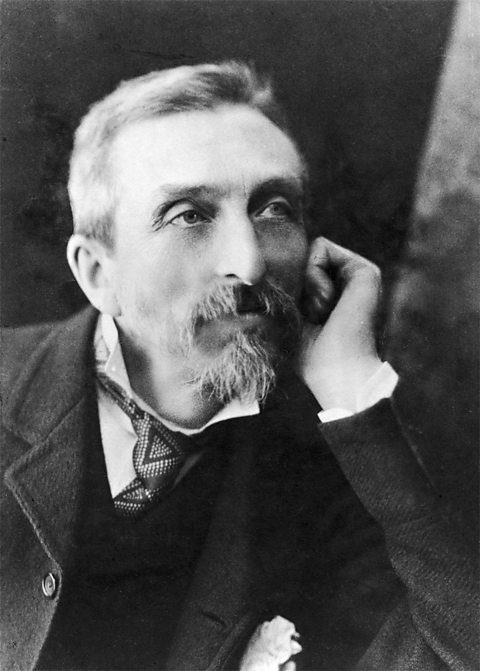Booth and Rowntree

Charles Booth
Two important figures emerged at the turn of the century.
Charles Booth and Seebohm Rowntree were interested in the levels of poverty in Britain.
They both sponsored major investigations into the extent and causes of poverty.
Charles Booth
- The Liverpool ship owner originally believed that if people were poor, it was their own fault.
- Booth conducted research in London, starting in 1886 until 1903.
- He produced a report entitled 'Life and Labour of the People in London' in 1889.
- After carrying out interviews with the poor, doctors, teachers and priests, he came to the conclusion that 30 per cent of people in London lived in poverty.
- He claimed that people were in poverty if they earned less than 21 shillings per week.
- His findings proved that poverty led to illness and death, and that the poor were not to blame for the condition they found themselves in.
The video below examines poor housing in London in the 1880s.
Seebohm Rowntree
- Seebohm Rowntree was a member of the wealthy Rowntree's sweets family who owned a chocolate factory.
- Rowntree conducted research in York between 1899 and 1901.
- He produced a report entitled 'Poverty - A Study of Town Life' in 1901.
- He reached the conclusion that 30 per cent of people in York lived in poverty and that they needed to earn 21 shillings per week (about ┬ú1.08) to stay out of poverty. If they earned less than this, they were living below the 'Poverty LineÔÇÖ.
- He claimed that people could not help being poor and that large families helped to cause poverty.
The video below looks at Seebohm Rowntree's report.
Booth and Rowntree's findings agreed on two key points:
- Up to 30 per cent of the population of the cities were living on or below the Poverty Line.
- People could not pull themselves out of poverty by themselves.
Booth and Rowntree both identified the main causes of poverty as being illness, unemployment and age. Both the very young and the old were most at risk of poverty.